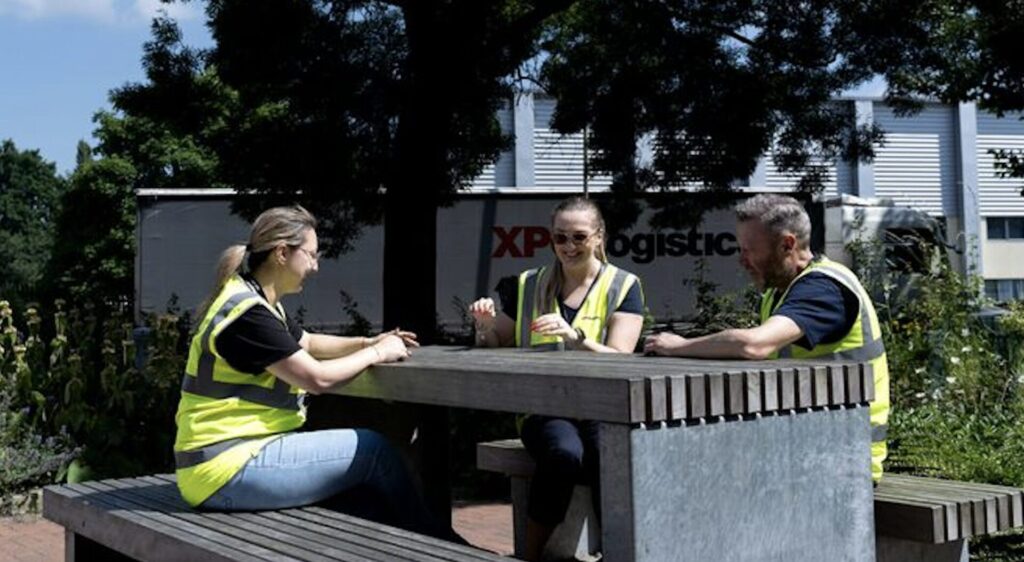Workplace pension participation reached 89% of eligible employees in 2024, according to the Department for Work and Pensions (DWP).
21.7 million people were saving into a workplace pension, more than double the figure seen before auto-enrolment began, when just 10.7 million people were saving.
The jump in savers last year was 800,000, twice as many as the previous year.
Research found this was mainly due to the £10,000 earnings trigger for auto-enrolment remaining unchanged since 2014/15.
Total annual savings hit £149.7bn in 2024.
The number of active savers who stopped each quarter held steady at under 1%.
Of those newly enrolled, 8 to 10% chose to opt out last year.
Clare Stinton, head of workplace saving analysis at Hargreaves Lansdown, said: “The number of employees saving into a workplace pension jumped by 800,000 in 2024 – this is double the increase seen in 2023.
“The surge is largely due to the fact that people become part of auto-enrolment when they earn £10,000 and this threshold has been frozen since 2014/15.
“This can play a role in helping more people take a step towards a more secure retirement, but £10,000 doesn’t go as far as it did when the threshold was set, so there’s a risk it means more people opt out.”
Stinton added: “Already, the proportion of employees opting out has crept up – with 8-10% of those newly enrolled choosing to opt out in 2024.
“It’s understandable, but a big concern. Opting out means walking away from free money from your employer and tax relief – one of the most effective ways to keep more of what you earn long term.
“However, if you’ve done it because you can’t make ends meet that’s an issue.”
She said: “With the government launching the review into pension adequacy, it will need to look at where contribution levels are set longer term.
“Higher auto-enrolment minimums would mean higher earners can put more away, which can help them deal with the issue of under saving.
“However, blanket increases across the board may mean lower earners put themselves in financial difficulty in a bid to maintain their pension contributions.”
She added: “It’s a tricky balancing act for the government to juggle. It may be the case that the government focuses on how to incentivise higher earners to boost their contributions.
“The data also reveals a divide in how much people are saving when it comes to public and private sector workers.
“Public sector workers tend to contribute more than their private sector counterparts, and as a result, they also receive a greater chunk of tax relief – extra money from the government paid directly into their pension.”
She said: “Private sector workers may be sticking to the auto-enrolment minimums, unless their employer nudges them higher, or offers a clear incentive to pay more through a matching scheme.
“It highlights a common misconception: many people still see auto-enrolment as a complete pension solution, when in reality it’s just the starting point.”

















